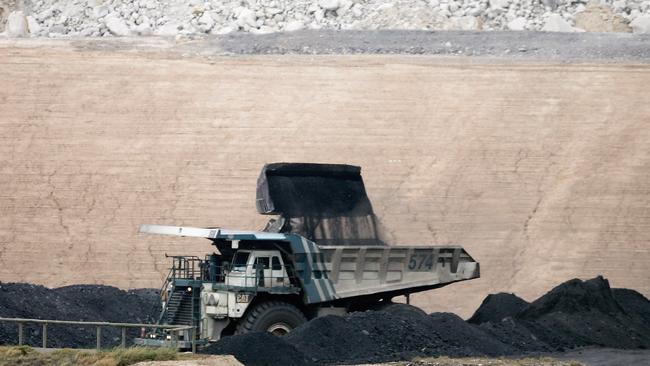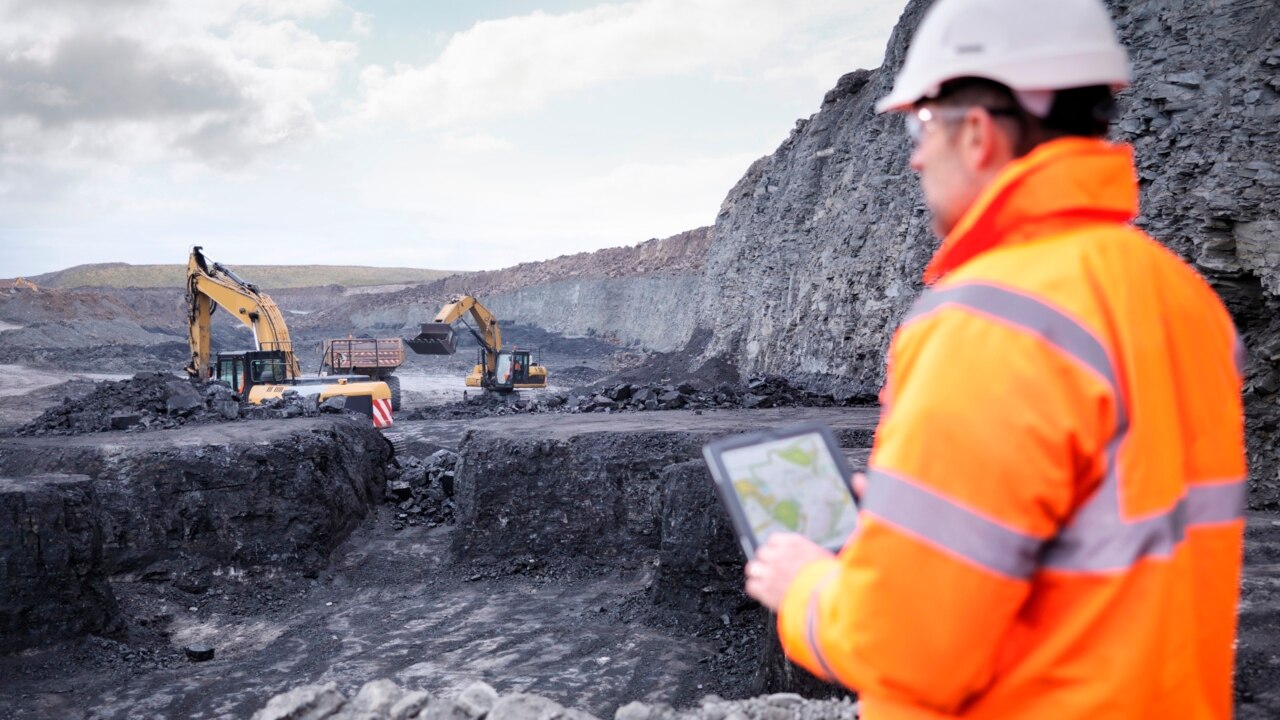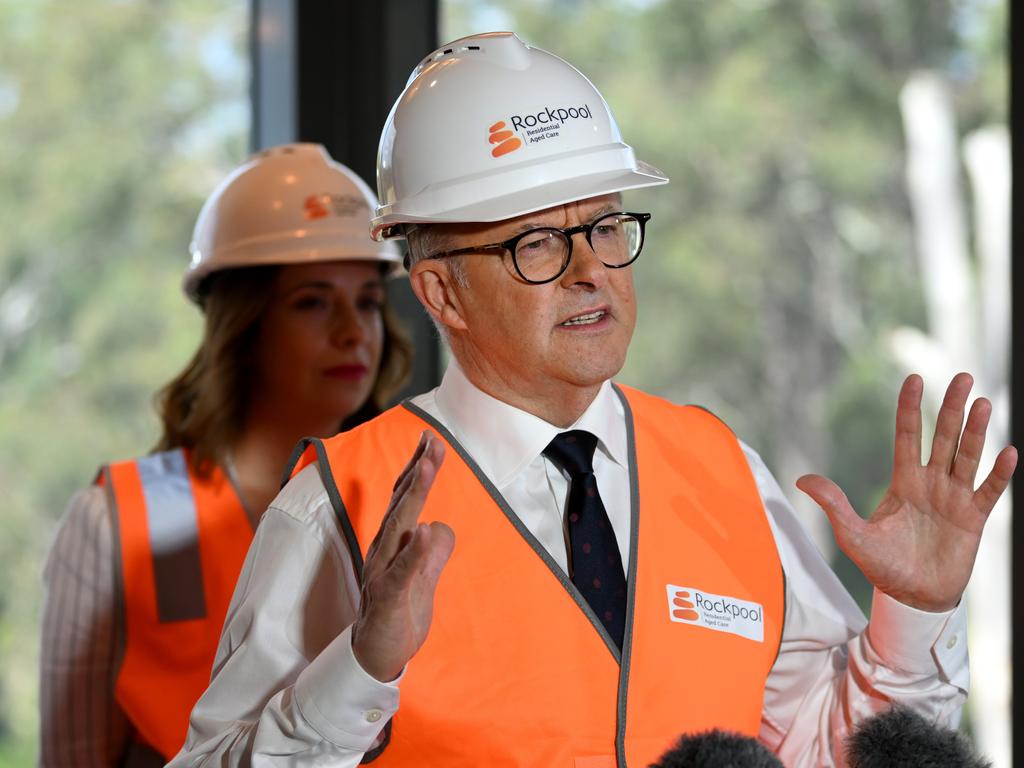BHP says it will keep Hunter Valley coal mine until 2030
BHP says it won’t sell its Mt Arthur thermal coal mine in NSW but has outlined plans to wind down its operation 15 years ahead of previous plans, by 2030.

BHP says it won’t sell its Mt Arthur thermal coal mine in NSW, but the global mining giant has put the mine’s 2000-strong workforce on notice their jobs will not last forever, outlining plans to wind down operation at Mt Arthur by 2030, 15 years ahead of previous plans for the coal mine.
BHP said its trade sale process – which has been running since August 2020 – had failed to result in a “viable offer”.
The major sticking point on a trade sale of Mt Arthur – which has become increasingly marginal as it ages – is believed to have been the $US700m ($1bn) price tag for rehabilitating the site when the mine is finally closed.
BHP was unable to find an acquirer prepared to take on those rehabilitation liabilities, with potential buyers instead insisting the seller retain the obligation to clean up the site – which has been running, in one form or another, since the late 1960s.
Instead BHP will retain ownership of the asset. It has also discarded plans to seek approval to keep running Mt Arthur until 2045, however. BHP will now seek approval to extend its life by four years until 2030.
BHP’s decision on Mt Arthur largely mirrors the strategy Glencore has taken in regard to its own coal operations, preferring to wind them down as they come to the end of their economic lives rather than sell them off to smaller players.
While the unwillingness of potential buyers to take on Mt Arthur’s rehabilitation liability is at the core of BHP’s decision to retain the mine, it still comes with some risks for the mining major.
While thermal coal prices have softened in recent weeks, high-quality Australian coal was still trading at around $US390 a tonne this week – extraordinary levels by historical standard – and Mt Arthur will still be generating significant profits for BHP.
But the mine is believed to need a coal price of around $US70 a tonne to turn a profit, and costs at the ageing operations will only keep rising over the coming years.
Mt Arthur booked a before tax loss of $US171m in the financial year to June 30, 2020, when the BHP’s average received coal price was only $US57.10 at tonne. It booked a profit of $US265m the previous financial year, when coal sales averaged $US77.90 a tonne.
And during Mr Arthur’s final years BHP will no longer have access to the tax credits generated by previous loss-making periods. Mt Arthur was technically owned by its UK corporate entity until BHP collapsed its dual-listed structure early this year, and those tax credits – expected to be worth up to $600m – are believed to have been extinguished by the corporate restructure.

In an effort to preserve thinning margins at Mt Arthur, BHP has been aggressively pursuing high-grade portions of the mine, at the expense of its future life.
Once capable of producing up to 32 million tonnes of thermal coal each year, the Hunter Valley mine is tipped to produce only 13 to 15 million tonnes of export coal this financial year.
BHP said on Thursday the eight-year window to wind down Mt Arthur would deliver certainty to its workers at the mine, and to Hunter Valley communities that currently rely on coal mining.
BHP Minerals Australia president Edgar Basto said the company had thoroughly reviewed its options, including selling the mine, before making a decision.
“Seeking approval to continue mining until 2030 avoids closure in 2026 and enables BHP to balance the value and risk of those considerations and our commitments to our people and local communities,” he said.

Mt Arthur boss Adam Lancey said the process to wind down and rehabilitate Mt Arthur would take another 10 to 15 years after BHP had mined its last tonne of coal.
“Mt Arthur Coal has been economically challenged for a number of years and despite a recent price strengthening, we know it is a complex pit to operate. New approvals and significant capital investment to develop into new areas would be required to keep the mine running beyond 2030,” he said. “Seeking approvals to enable mining to continue to 2030 means we seek to extend Mt Arthur Coal beyond 2026, when our current consent ends, and provides certainty for our people and the community about the future for the mine. It also gives us eight years to work together on a plan that contributes to helping the region diversify and strengthen its economy.”
BHP’s decision was welcomed by environmental groups and climate-focused activists that had also pushed the company to wind down its oil and gas operations, rather than pursuing their merger into Woodside.
Australian Conservation Foundation export campaigner Elizabeth Sullivan said the decision to wind down the mine from 2030 was a “welcome acknowledgment of the energy transition that is underway”.
“As the world rapidly shifts to renewable energy, projects like Mt Arthur have become such a climate liability that companies can barely give them away. A closing date of 2030 is a big improvement on 2045, but earlier would be better for the climate,” she said.
The Australasian Centre for Corporate Responsibility also criticised its extension to 2030, but said BHP had “finally made the right call” to close the mine in a responsible way.
BHP shares closed up 11c to $44.01 on Thursday.








To join the conversation, please log in. Don't have an account? Register
Join the conversation, you are commenting as Logout